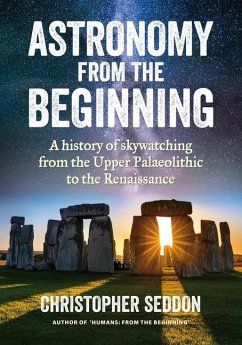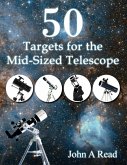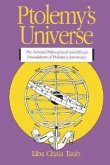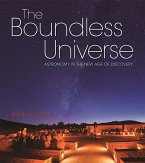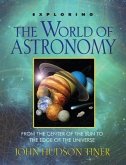The incredible story of how we learned about the Universe, from the earliest prehistoric observations to the first telescopes. Early astronomy ranks among the greatest achievements of the human intellect. But how did astronomers of the pre-telescopic era make accurate observations of the Sun, Moon, and planets, and predict their movements? And how can we uncover the ancient knowledge of societies that left few or no written records? The answers are in this fascinating book, which explores the history of astronomy, from prehistoric times to the Renaissance and the birth of modern science. Written by the author of a major guide to prehistory, it is even-handed, accessible, and avoids sensationalism. While aimed at the general reader, it is also fully referenced for students and academics.Among the topics discussed, you will discover: ★ Why some archaeologists believe that Stonehenge and other Neolithic stone monuments served astronomical functions ranging from lunar and solar markers to 'megalithic observatories', which tracked the movements of Sun and Moon with great precision.★ What evidence there is that present-day constellations including Taurus and Orion were depicted in Upper Palaeolithic cave art.★ How a 'void' zone in the star maps of the ancient world - corresponding to stars not visible from the Mediterranean - suggests that many constellations were devised by late Bronze Age sailors as an aid to navigation.★ How the early Babylonian, Indian, Chinese, and Maya civilisations all developed advanced astronomical methods, for needs ranging from the compilation of reliable calendars to the prediction of eclipses and other ominous celestial phenomena.★ How ancient Greek astronomers and mathematicians sought to explain as well as predict the movements of celestial bodies; and how their efforts culminated with Ptolemy's pivotal Almagest, which set out the 'Theory of Everything' of the ancient world.★ Why Islamic Golden Age scholars did far more than simply keep alive the ancient world's intellectual tradition during the medieval period; and how they refined it and laid the mathematical foundations for the Copernican revolution.★ How Copernicus demoted the earth from its place at the centre of the universe; and how Kepler, Galileo, and Newton went on to bring about an essentially modern understanding of the Solar System and the laws that govern it.CHRISTOPHER SEDDON is the author of Humans: from the Beginning, a unique andfully researched guide to our prehistoric past, spanning the vast interval of time from theemergence of the first apes to the rise of the first cities.
Hinweis: Dieser Artikel kann nur an eine deutsche Lieferadresse ausgeliefert werden.
Hinweis: Dieser Artikel kann nur an eine deutsche Lieferadresse ausgeliefert werden.

